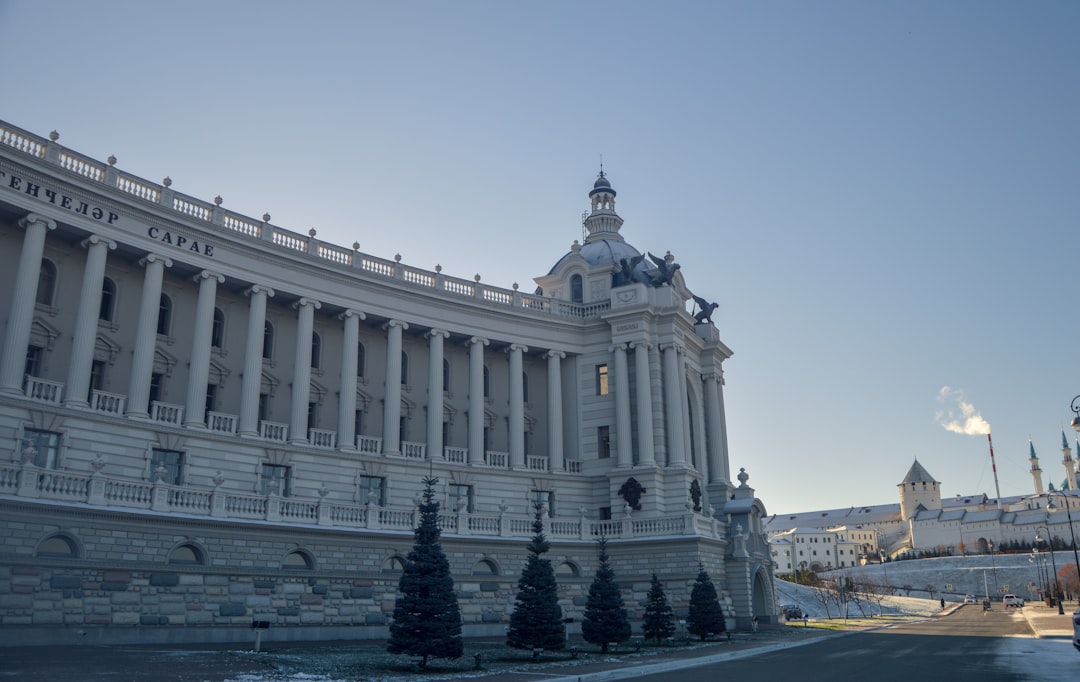Miran Shares Optimism About U — here’s what’s new, why it matters, and what to watch next.
Miran Shares Optimism About U.S. Economy Amid Rate-Cutting Concerns
At a Glance
In a recent discussion, economist Miran expressed a cautiously optimistic view of the U.S. economy, highlighting potential growth but cautioning against the implications of sustained high interest rates. As the Federal Reserve weighs its next moves, Miran’s insights shed light on the delicate balance between fostering economic recovery and managing inflationary pressures.
Background & Timeline
The backdrop of this dialogue involves the Federal Reserve’s ongoing attempts to navigate a post-pandemic economic landscape marked by inflationary concerns and fluctuating consumer confidence. In 2022, the Federal Reserve implemented aggressive rate hikes in response to rising inflation, raising the benchmark interest rate multiple times to combat soaring prices. As of early 2025, these rates remain elevated, presenting both opportunities and challenges for the economic landscape.
Miran’s comments come at a pivotal moment, with inflation showing signs of moderation but remaining above the Fed’s target level of 2%. The Fed’s decisions moving forward are expected to shape the economic narrative significantly, making Miran’s insights especially relevant.
What’s New
Recently, Miran elaborated on his economic outlook, emphasizing the importance of proactive measures from the Federal Reserve. He noted that while there are positive indicators, such as increased consumer spending and a stable labor market, the sustained high interest rates could stifle economic growth. “The data shows a resilient economy,” Miran stated, “but if the Fed does not consider cutting rates soon, we could see a slowdown that could impact businesses and consumers alike.”
Miran underscored that the current economic environment is complex, with mixed signals regarding consumer inflation and spending. He pointed out that while the job market remains strong, wage growth has not kept pace with inflation, creating a potential drag on consumer confidence. “It’s a balancing act for the Fed,” he noted, suggesting that a strategic approach could help to foster stability and growth.
Why it Matters
Miran’s perspective is essential as it reflects the concerns of many economists and financial analysts. The Federal Reserve’s policy decisions have far-reaching consequences, not only for financial markets but also for the average consumer. If rates continue to remain high, borrowing costs will increase, potentially leading to reduced consumer spending and slower economic growth. Conversely, if rates are cut, it could stimulate borrowing and investment, but it also runs the risk of reigniting inflation.
Understanding Miran’s insights helps demystify the complexities of monetary policy. His call for a reassessment of the current rate levels aligns with an increasing desire among economists for a more flexible approach that can adapt to changing economic conditions.
What to Watch Next
As we move forward into late 2025, several key factors will influence the trajectory of the U.S. economy:
- Federal Reserve Meetings: Upcoming meetings will be critical as the Fed discusses the potential for rate cuts and their timing. Market participants will be closely monitoring these discussions for any signals regarding future monetary policy.
- Inflation Data: The release of CPI (Consumer Price Index) and PCE (Personal Consumption Expenditures) data will provide insight into inflation trends and consumer behavior, guiding the Fed’s decision-making.
- Consumer Confidence Indices: Shifts in consumer sentiment could significantly impact economic growth. Analysts will watch for changes in spending and saving behaviors as interest rates fluctuate.
- Global Economic Conditions: External factors, such as international trade dynamics and geopolitical tensions, could also play a role in shaping the U.S. economy and influencing the Fed’s policies.
FAQ
Q1: What is the current state of the U.S. economy?
A1: The U.S. economy shows signs of resilience, with stable consumer spending and a robust job market. However, inflation remains a concern, prompting discussions about potential interest rate cuts.
Q2: Why are interest rates important to the economy?
A2: Interest rates influence borrowing costs for consumers and businesses. Higher rates can reduce spending and investment, while lower rates can stimulate economic activity.
Q3: What are the risks of not cutting interest rates?
A3: Sustained high rates could lead to decreased consumer spending, slower economic growth, and potential recessionary pressures if businesses and households face increased borrowing costs.
Q4: How does inflation impact consumers?
A4: Inflation erodes purchasing power, meaning consumers can buy less with the same amount of money. This can impact their overall confidence and spending habits.
Q5: When will the Federal Reserve decide on interest rates?
A5: The Federal Reserve meets regularly to discuss monetary policy, with significant decisions typically announced after each meeting. Market participants closely monitor these meetings for guidance on future rate changes.
Q6: What role does consumer confidence play in economic growth?
A6: Consumer confidence affects spending behavior; when consumers feel secure in their financial situation, they are more likely to spend, which drives economic growth.
Takeaways
Miran’s insights into the U.S. economy highlight the intricate relationship between interest rates, consumer behavior, and overall economic health. His cautious optimism emphasizes the importance of strategic monetary policy that adapts to an evolving economic landscape. As the Federal Reserve approaches critical decisions regarding interest rates, the implications of those choices will resonate throughout the economy, influencing everything from consumer spending to business investment.
With a keen eye on upcoming economic indicators and Federal Reserve meetings, stakeholders will be watching closely to see how these factors unfold in the coming months.
Sources & Credits: Reporting synthesized from multiple reputable outlets and official releases.
Read our related coverage for more on Miran Shares Optimism About U.
For context and confirmations, see reputable wires like Reuters or AP News.
Source: Original Source. Reporting synthesized from multiple reputable outlets and official releases.
For deeper analysis on Miran Shares Optimism About U, explore more reports and explainers on Insurance Rate Expert.













